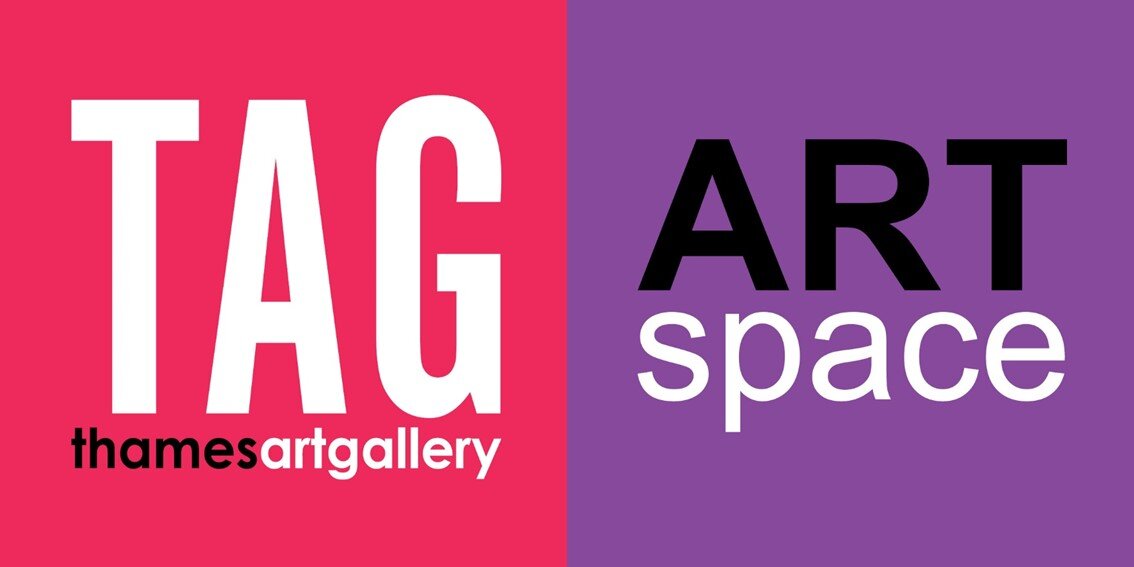Rod Strickland
Listening to the Landscape
It just looks weird. I know it’s supposed to be art, but I can’t help thinking it has some other function. Standing almost 15’ high and hand-fabricated from corrugated plastic and a variety of bent and welded metals, it looks a little like a giant melon baller or an air horn or something from the Cold War. Only more finished. More finessed.
As you make your way around its base, you’ll notice an elaborate brass plate inlaid into the corrugated plastic, and protruding from this brass plate, an eight inch steel tube. This tube looks it is supposed to be there, like it has a specific function. And if you kneel down in front of it, you might want to try yelling into it or sticking your ear up to it. It beckons you.
Between 1916 and 1934 acoustic mirrors were constructed along the Southern and Northern coastlines of Britain. Often referred to as listening ears, these gigantic concrete dishes were developed as acoustic channeling devices to detect potential enemy air strikes. Enlisted “listeners” manned these concrete ears, monitoring the sonic landscape for any sign of aircraft activity.
Ultimately these mirrors were never used during wartime, and the invention of radar coupled with planes that flew faster rendered them obsolete. However, many of these mirrors still mark the coastline. They are monuments to an analogue era of war and warning.
When you kneel down and put your ear up to the tube of Strickland’s sculpture, it emits a low frequency drone occasionally punctuated with incidental noises. It sounds like a conch shell or the flattened compression of wearing earplugs.
If you close your eyes and plug your exposed ear, you can concentrate on what is being transmitted and can begin to separate and categorize what you hear. The hum of a distant highway. The rustling of leaves on a tree. An occasional horn. Birds chirping. Footsteps on tarmac. The sporadic conversation of a couple sitting on the bench in the adjacent park. As these sounds begin to reveal themselves, I am reminded of those British soldiers, ears tuned to their sound mirrors trying to distinguish ambience from the threat of attack.
Over the past decade much of Strickland’s work has playfully investigated the intersection of our natural and urban landscapes, and more often than not, Strickland tends to question our imposition on the environment. In Corn Car (2009), Strickland bisected and stretched a Plymouth Neon in order to transform it into a prototype for mobile food production. The small suburban car was tricked out with a fully germinated cornfield. And like much of Strickland’s work this piece seems to critique our reliance on oil to sustain ourselves and raises questions about our collective ecological footprint. And in his small architectural sculpture Cadestre (2006) Strickland uses motion sensors to animate a model home. As viewers approach the sculpture, the house begins to move and rotate, triggered by our proximity to it. A coy reference to urban sprawl and our treatment of the landscape as personal property.
So why has Rod Strickland placed this rather intrusive listening device in the middle of a quiet street in downtown Chatham? What is it he wants us to hear?
Strickland has titled this sculpture, Listening to the Landscape, and there are a multitude of references we can make to ambient music, sound art, or public art, but what I think is at the heart of this piece and what Strickland might be asking us to do, is pause and listen to what we generally ignore or filter out, which, in this case, is the ambient blurring of the natural and urban sounds of our environment—sounds not necessarily separate from one another but part of the same terrain. And in our listening maybe Strickland is hoping that we, like the sound mirror listeners, might just be able to hear what the landscape is telling us.
Essay by David Poolman
_____________________________________________________________
Bibliography
Autogena, Lisa. Buss, Juliette. Crabtree, Amanda. Jones, Sue. Soundmirrors.org
Dillon, Brian. Listening for the Enemy. Cabinet Magazine. Issue 12: The Enemy. Fall/Winter 2003




